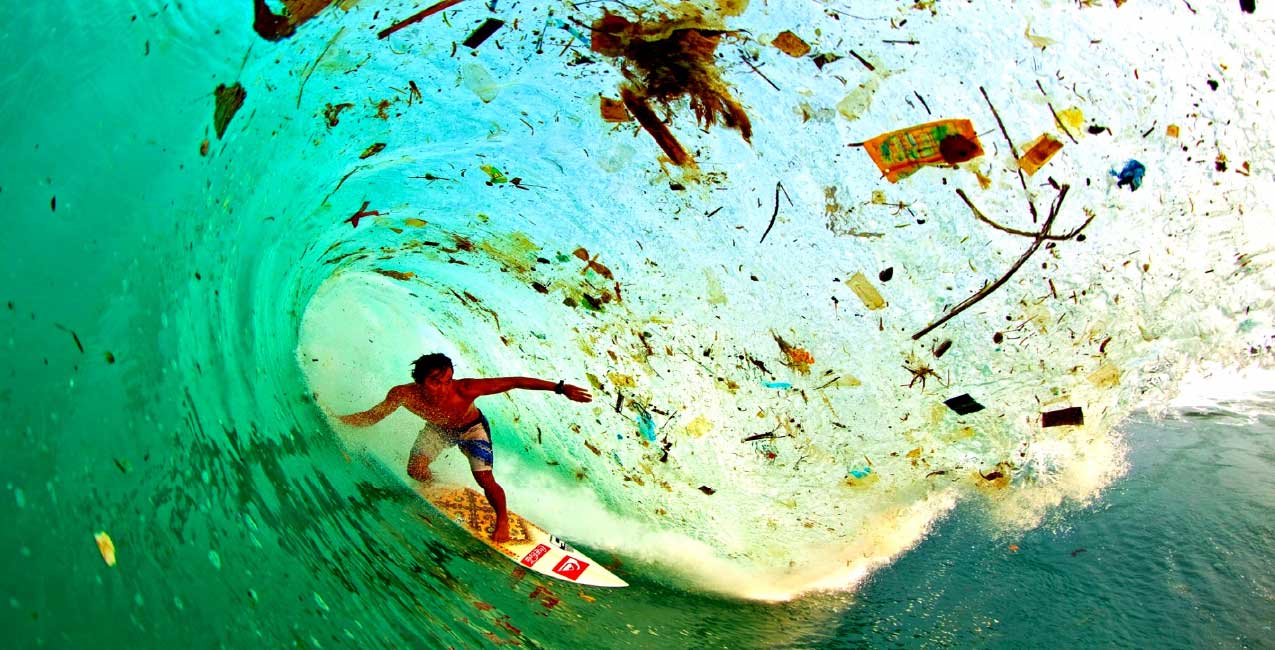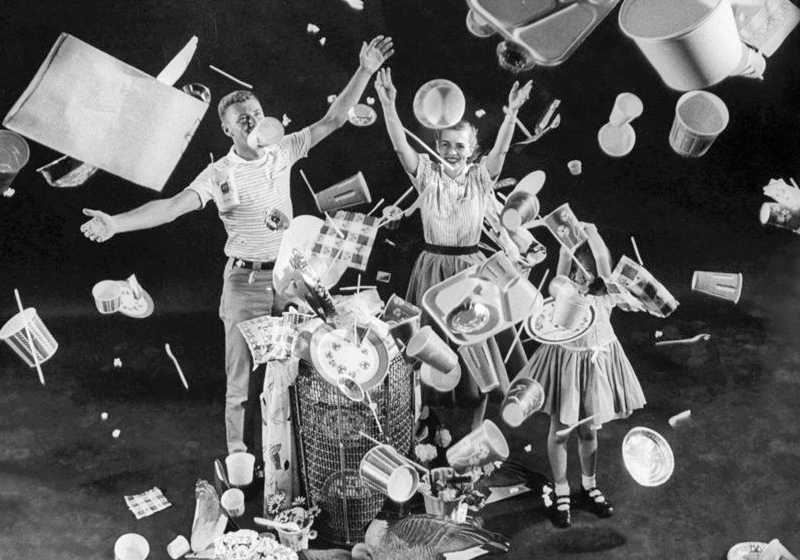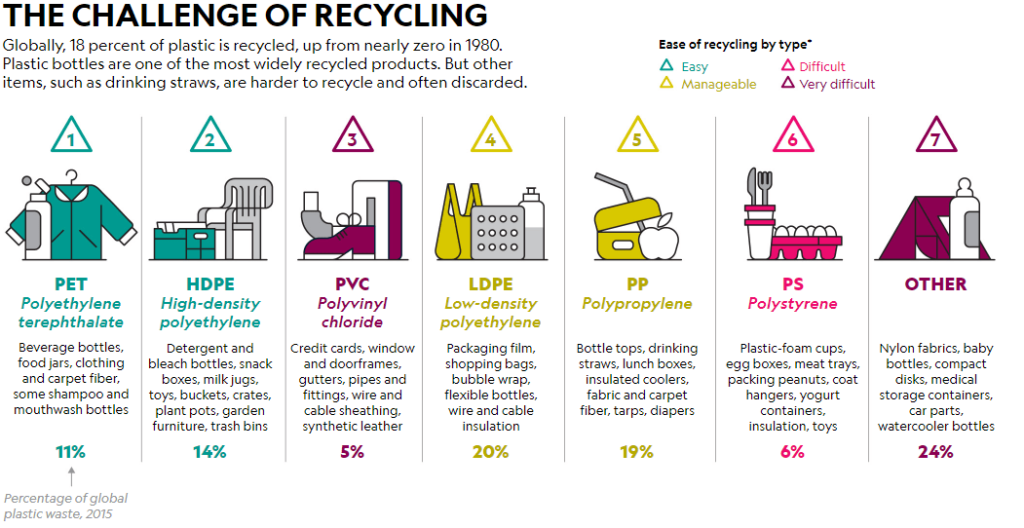- Empty cart.
- Continue Shopping
A brief history of how plastic took over the world-Discovery-Dilemma-Deluge

The Invention
Plastic was invented as early as 1907 by Leo Hendrik Baekeland, who accidentally created Bakelite. This is the record of the first ever plastic derived from synthetic materials although earlier plastic was derived from organic materials.
However, the history of the first synthetic polymer traces back to 1869. In the mid-1800s, materials like combs, trinkets, billiard boards, and piano keys were made from elephant ivory. The scarce material that elephant ivory is, a billiards company in New York offered 10,000 USD as a reward to anyone who would come up with an alternative. That’s when John Wesley Hyatt derived celluloid from cellulose, the polymer found in plants.
But plastic started becoming a problem only in the early 20th century when plastics began to be made from petroleum. Chemists discovered waste gases from the refineries like ethylene could be used to create all sorts of polymers- PET -polyethylene terephthalate for example, instead of only relying on celluloid for making plastics.
Anything and everything could be made from plastic and there was no looking back. This discovery was the prelude of the plastic tide we are facing today. Plastic was so cheap that companies started making things we never imagined in the first place.
Disposables made from plastics came to be viewed as a relief for the American housewives from drudgery. The disposable plates, cups, and cutlery liberated housewives from about 40 hours of cleaning.

Production grew at such a breakneck speed that half the plastic discarded on our planet has been made in the last 15 years only. The real problem was plastic wasn’t recycled. Even today, the situation is no better, with less than 20% of the global plastic being recycled and the rest lying in our oceans and landfills. China is the largest producer of plastic and only 10% or less of the total plastic made is recycled. One of the prime reasons is recycling in itself is a challenge. While some plastics are easy to recycle, others are very difficult.
Take a look at this chart.
All these unrecycled plastics, unchecked use and lack of proper garbage collection systems resulted in a monumental mess of plastic. Just when the world thought of low-density plastics that can decompose in a hundred years, scientists discovered what is called plastic microbeads, tiny pieces of plastic that are still present as a looming reminder of our casual use of plastics. Meaning plastics will never be fully wiped off the face of Earth and the only way to save our planet is by keeping a check on the manufacture and use of plastics.
The plastic Dilemma- Disposable or Durable?
Does it really make any difference?
A question that is more often asked than not.
We weren’t able to bifurcate single use from durable in a prodigious 8.3 billion tonnes of plastic produced annually, because plastic is plastic. However, looking from a plastic user’s POV, we could very well make out that durable plastics are better than single-use plastics. How? Well, for starters consider using a durable plastic cup instead of several throwaway coffee cups. A durable cup although being made from plastic is definitely better than a hundred single-use cups.
An article from Forbes titled ‘Plastic isn’t the Enemy, our mindset is’ traces the unchecked use of plastic that accounts for the plastic problem. I think, and almost anyone who is smart enough to realize will agree to the fact that a non-woven bag, even though being as harmful as plastic, can go a long way in saving the planet from the abuse of plastic considering the fact that it will not be used just once like throwaway plastic bags.
Plastic is not the problem. Single-use plastics are. We need sustainable innovations that should be able to incorporate plastic’s admirable qualities and eliminate its harmful ones.
The Deluge
Unlike climate change, no one denies the problem of plastic garbage. Because it is visible, the world is witness to the growing problem. The beaches they vacation on are littered with plastic. Heart -wrenching photos of albatross’s intestines filled with plastic and sea turtles entangled in plastic bags have proved the very fact that plastic is indeed a problem. Add to it BBC documentaries depicting our oceans filled with plastic waste and we know that plastic, once a boon, has become headlines, for all the wrong reasons. The problem became trending, perhaps more than climate change, so much so that 2018’s most frequented headlines in the environment section was about plastic and its problems.
The worldwide plastic production is at an all-time high and so is the plastic problem. More than 500 million tons of plastic is produced every year with over 9 million tons winding up in the ocean. The discarded plastic is creating havoc on the planet and we are in a major crisis.
We are indeed, drowning in millions of tons of plastic!







